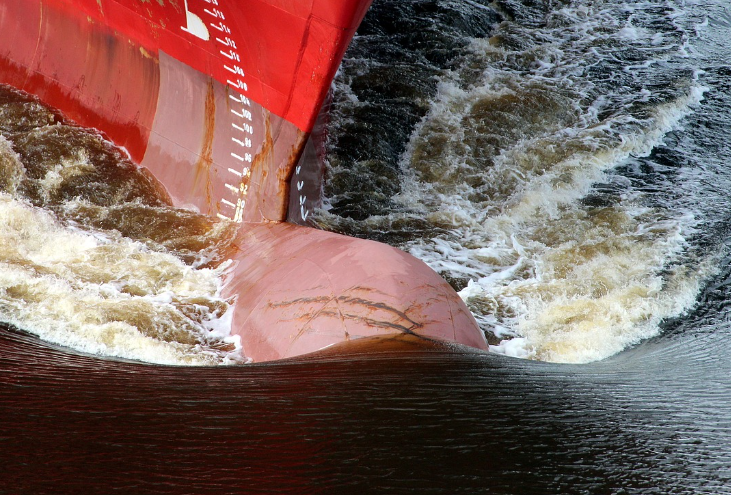The advent of hydrogen as a critical component in the global energy landscape has intensified the need for efficient storage solutions.
With the demand for hydrogen energy projected to increase significantly, the challenge of storing this low-density gas efficiently has never been more pertinent. Notably, cryo-compressed hydrogen storage presents a promising solution through a combination of increased pressure and lowered temperature. This innovation leverages the strengths of both liquid and compressed hydrogen storage techniques, with the volumetric hydrogen storage density being considerably higher than traditional methods; at 30 MPa and 38.9 K, the hydrogen density reaches an impressive 80 g/L, exceeding that of liquid hydrogen at atmospheric pressure.
Yet, while volumetric density has seen remarkable advances, achieving optimal gravimetric hydrogen storage density remains challenging. Defined by the U.S. Department of Energy’s (DOE) target of 6.5%, gravimetric density is influenced by vessel material, structure, and operational conditions. The research conducted by Kexin Li and colleagues focuses on these variables, analyzing how modifications in vessel design can increase hydrogen storage efficiency without escalating transportation costs.
A critical focus is reducing vessel weight, a primary factor in maximizing gravimetric density. Traditional high-pressure vessels, often constructed with high-density stainless steel liners, have limited gravimetric efficiency—a mere 1%—due to their substantial weight. Innovations such as the Type III cryo-compressed vessels reduce this obstacle by utilizing composite materials. These vessels feature an aluminum alloy liner fully enveloped by high-strength composite fibers, significantly decreasing weight while maintaining mechanical strength. Compared to Type IV vessels, employing plastic liners, Type III vessels offer superior resistance to low temperatures, crucial for cryogenic applications.
Central to the effectiveness of these vessels is their structural design. Research suggests that vessels with a small length-to-diameter ratio and a semicircular dome outperform others in terms of gravimetric storage. Such configurations distribute the stress more evenly, reducing material fatigue over time and allowing for enhanced performance across different operating pressures. The determination of optimal pressure is contingent upon vessel size—a nuanced detail not to be overlooked. Small-volume vessels show consistent gravimetric performance at pressures surpassing 40 MPa, while large-volume variants demonstrate optimal performance within the 20-30 MPa range.
Furthermore, the vessel’s insulation method plays a significant role. Proper insulation minimizes thermal losses, preserving the low temperatures essential for maintaining hydrogen in its densified state. Yet, balancing insulation with vessel weight is crucial—excessive insulation can negate the benefits of a lightweight structural design. The study delineates how selecting appropriate materials and design features can enhance insulation efficiency, thus supporting both volumetric and gravimetric storage goals.
This analysis underscores the multifaceted nature of optimizing cryo-compressed hydrogen storage. By strategically integrating advanced materials, innovative designs, and balanced operating conditions, the energy sector can move closer to meeting DOE targets and enhancing the economic viability of large-scale hydrogen deployment. As the industry continues to evolve, attention must be given to these intricate technical parameters, deciphering the precise interplay of factors that drive efficient hydrogen storage.





